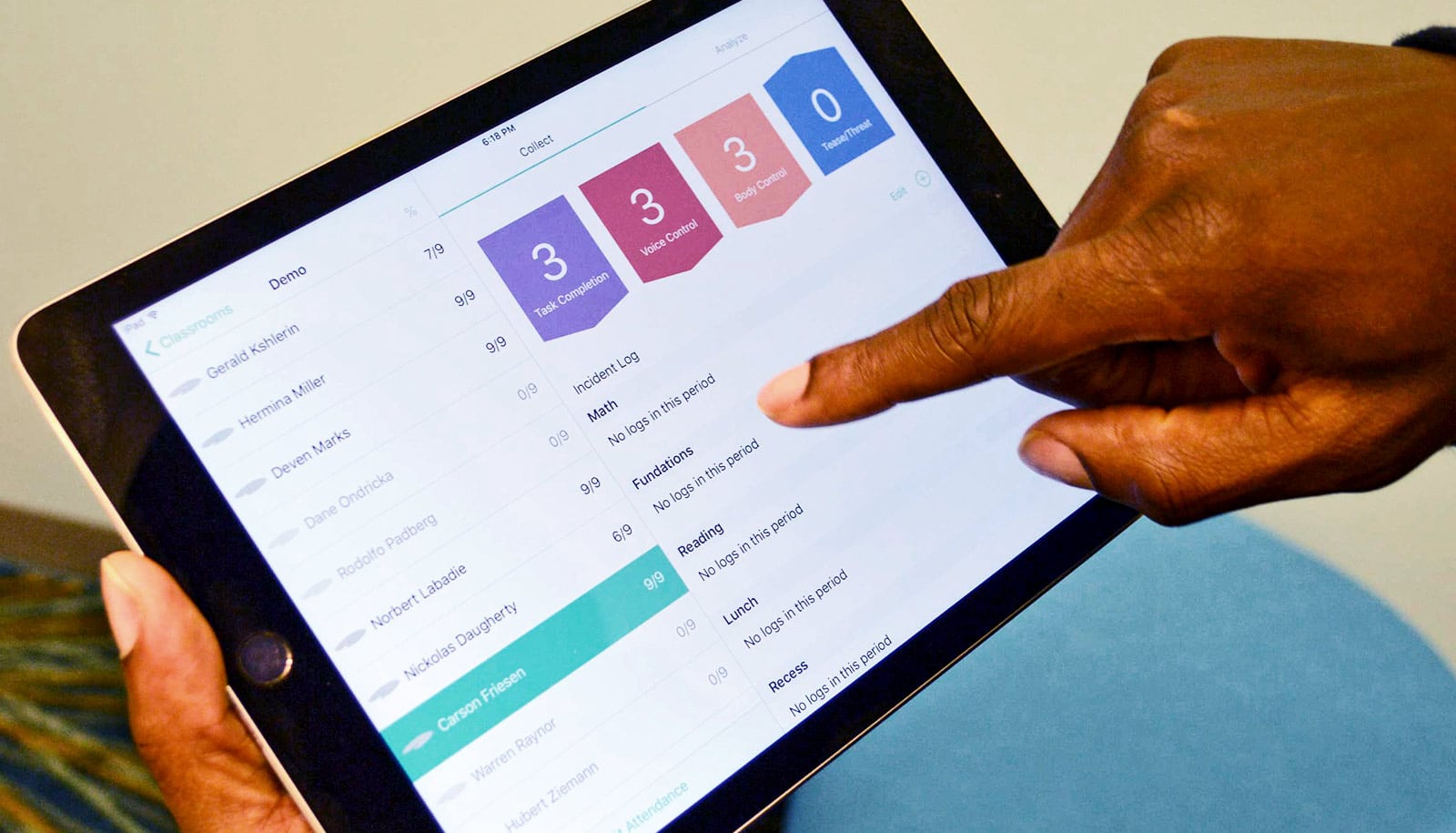A four-week training course made a substantial difference in helping special education teachers anticipate different ways students with learning disabilities might solve math problems, researchers report.
The findings suggest that the training would help instructors more quickly identify and respond to a student’s needs. The researchers also say their findings could help teachers in special education develop strategies to respond to kids’ math reasoning and questions in advance.
The findings also point to the importance of mathematics education preparation for special education teachers—an area where researchers say opportunities are lacking.
“Many special education programs do not include a focus on mathematics for students with disabilities, and few, if any, focus on understanding the mathematical thinking of students with disabilities in particular,” says Jessica Hunt, associate professor of mathematics education and special education at North Carolina State University and first author of the paper in the Journal of Mathematics Teacher Education.
“This study was based on a course experience designed to do just that—to heighten teacher knowledge of the mathematical thinking of students with learning disabilities grounded in a stance of neurodiversity.”
Lessons for teachers
In the study, researchers evaluated the impact of a four-week course on 20 pre-service special education teachers. Researchers wanted to know if the course affected the educators’ ability to anticipate the mathematical reasoning of students with learning disabilities, and help teachers adjust tasks to make them more accessible. The course also emphasized neurodiversity, which defines cognitive differences as a natural and beneficial outgrowth of neurological and biological diversity.
“Neurodiversity says that all human brains are highly variable, with no average or ‘normal’ learners,” Hunt says. “This means that we all have strengths and challenges, and as humans we use what makes sense to us to understand the world. It’s a way to challenge pervasive deficit approaches to looking at disability, and to instead use an asset-based approach that positions students with learning disabilities as mathematically capable.”
Before and after the course, the teachers took a 40-question assessment in which researchers asked teachers to use words, pictures, or symbols to describe a strategy that elementary school students with learning disabilities might use to solve a problem. They compared teachers’ responses to see how well they anticipated students’ thinking, and also how they might modify tasks for students.
After the course, they saw more anticipation of what they called “implicit action,” which is using strategies like counting, halving, grouping, or predicting the number of people sharing a certain item to solve a problem. It’s often represented by pictures or words.
Thinking of students with learning disabilities
Before the test, many teachers used “static representations” in which they used mathematical expressions to show solutions. While static representations are abstract representations of solutions, researchers argued implicit actions can reflect how students with learning disabilities themselves might work through a problem.
They found teachers’ use of implicit action increased from 32% to 82% of answers before and after the test, while static representation decreased from 50% of answers to 17%. Their responses didn’t add up to 100% because some teachers left some answers blank.
“The course helped teachers move from a top-down, one-size-fits-all view of ‘this is how you solve these problems,’ to an anticipation of how actual students who are learning these concepts for the first time might think through these problems,” Hunt says. “That’s a very different stance in terms of educating teachers to anticipate student thinking so they can meet it with responsive instruction.”
Researchers also tracked how teachers modified math problems to make them more accessible to students before and after taking the course. After participating in the course, researchers saw that more teachers changed the problem type. They saw a shift in 50% of answers.
“The benefit of anticipating students’ thinking is to help teachers to be responsive and support students’ prior knowledge as they’re teaching, which is a really hard thing to do,” Hunt says. “It’s even harder if you don’t yet appreciate what that thinking could be.”
Source: NC State



